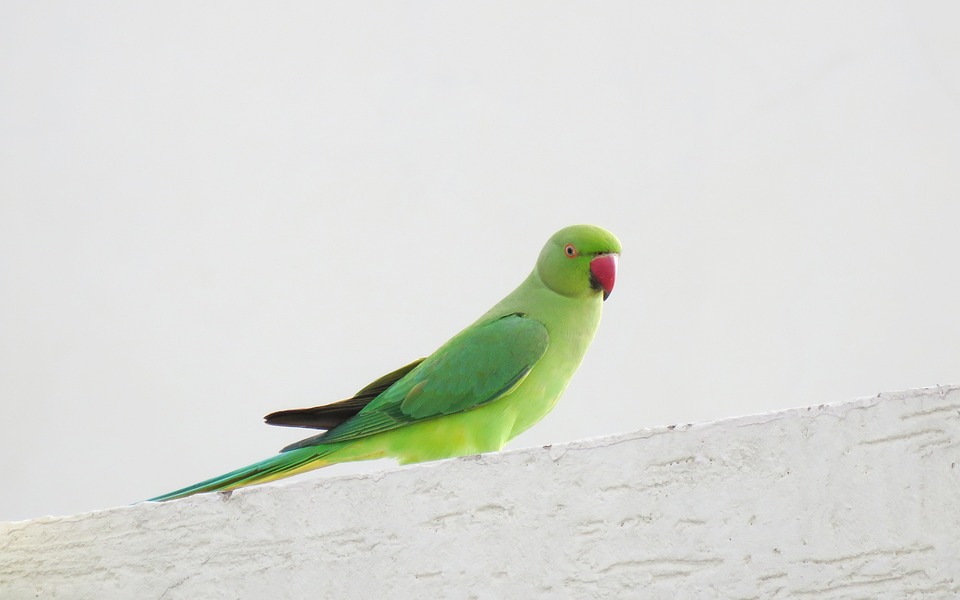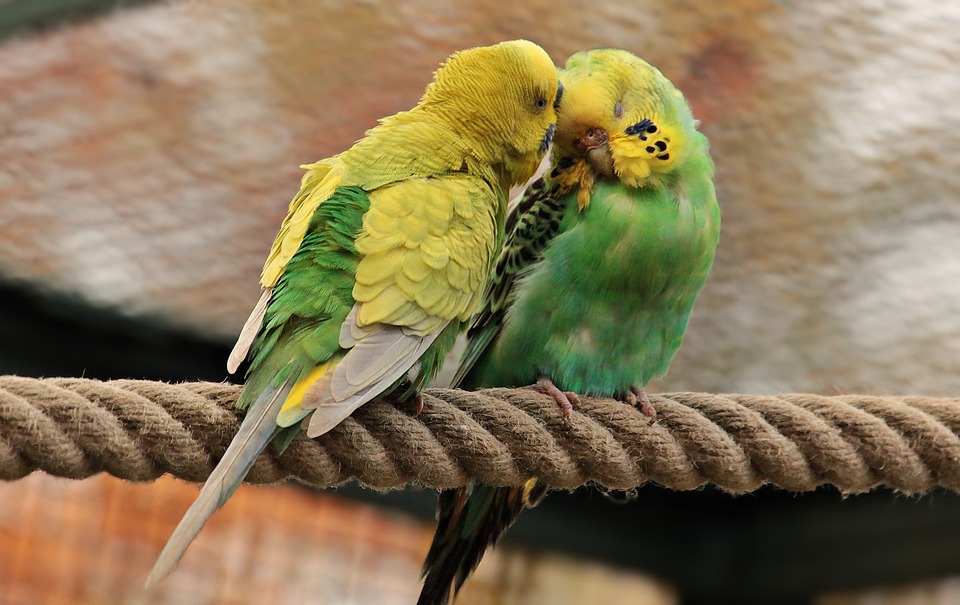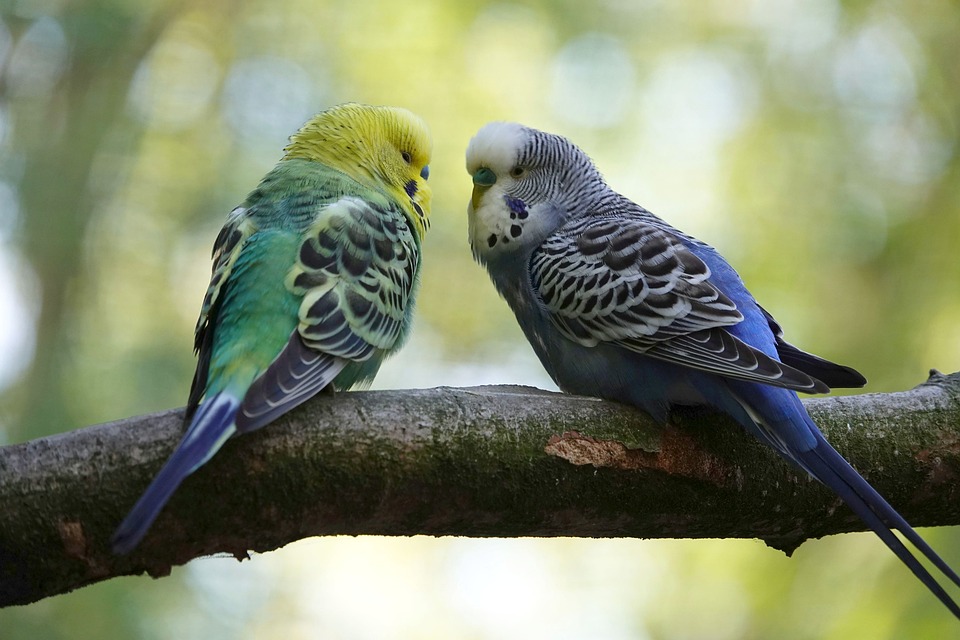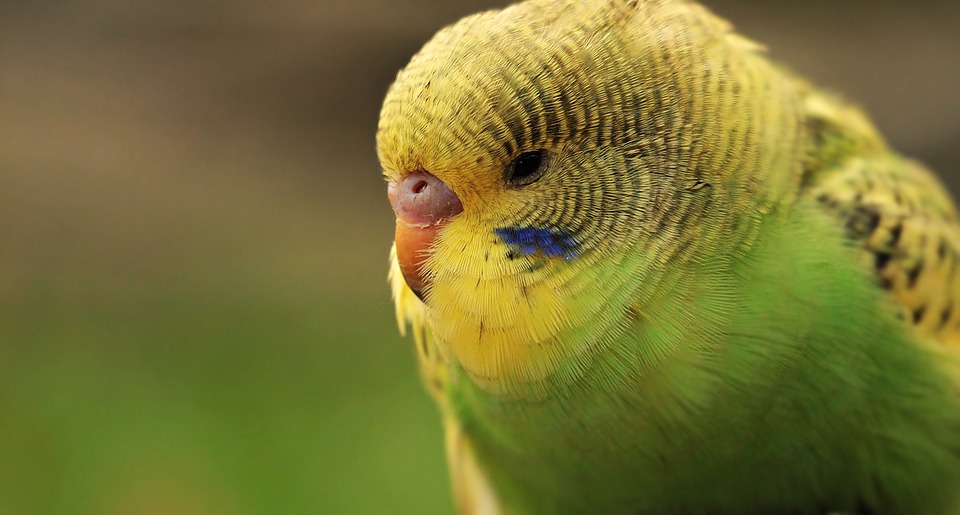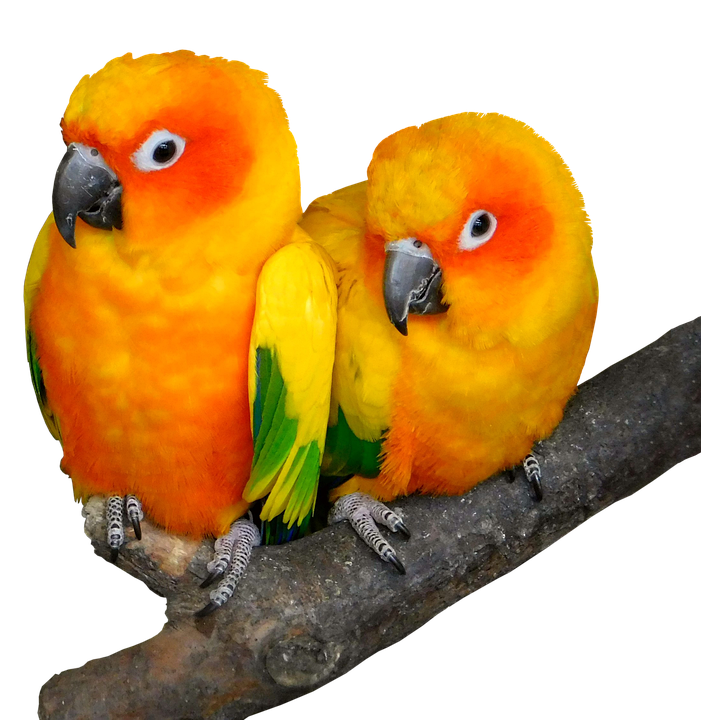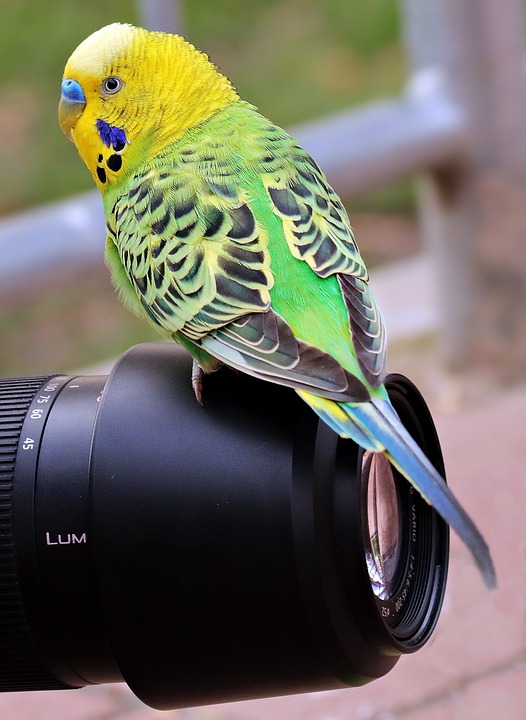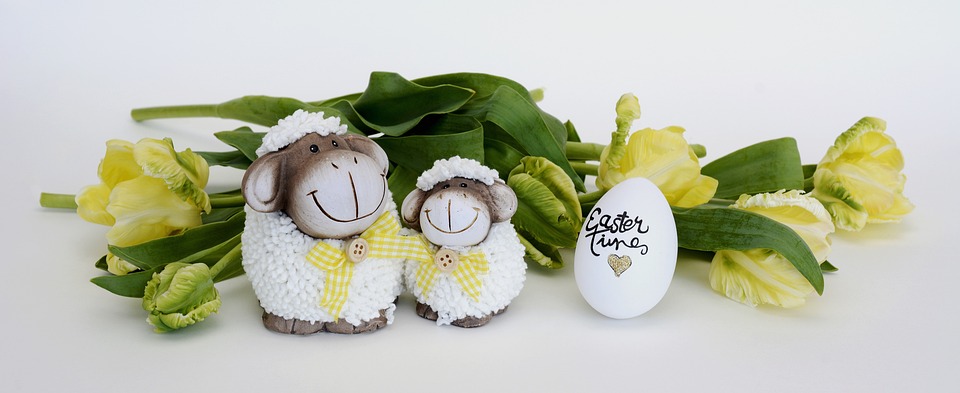Puzzle swings have become increasingly popular among parrot owners as a means to provide mental stimulation and physical exercise for their feathered companions. However, it is crucial to understand parrot behavior when it comes to engaging with these interactive toys. In this article, we will delve into the intricacies of parrot behavior in puzzle swings and shed light on how these toys can impact their overall well-being.
Parrots are highly intelligent creatures that thrive on mental stimulation. Puzzle swings offer a variety of challenges and rewards, which entice parrots to engage with them. The interactive nature of these toys triggers their natural curiosity and problem-solving skills. Parrots enjoy the attraction of puzzle swings as it provides them with a mentally stimulating activity.
In addition to mental stimulation, puzzle swings also provide an avenue for parrots to exercise and engage in physical activities. Swinging, climbing, and maneuvering through the puzzles help them strengthen their muscles and improve coordination. This physical stimulation provided by puzzle swings is crucial for their overall health and well-being.
Parrots possess exceptional cognitive abilities and require mental stimulation to prevent boredom and behavioral issues. Puzzle swings offer various levels of complexity, encouraging parrots to think, strategize, and problem-solve. This cognitive stimulation helps keep their minds sharp and prevents the development of negative behaviors such as feather plucking or excessive screaming.
Parrots are social creatures, and puzzle swings can provide opportunities for socialization. Some puzzle swings are designed for multiple birds to engage in play together, promoting bonding and social interaction among them. This can be particularly beneficial in multi-bird households or for parrots that lack regular socialization opportunities.
Furthermore, puzzle swings offer emotional enrichment for parrots. They provide a sense of accomplishment and satisfaction when they successfully solve a puzzle or obtain a reward. This positive reinforcement can significantly contribute to their emotional well-being and help alleviate stress or anxiety.
Now, let’s address some frequently asked questions about puzzle swings and parrot behavior:
Q1: Are puzzle swings suitable for all parrot species?
A1: Puzzle swings can be enjoyed by a wide range of parrot species, but it is essential to choose a puzzle swing that is appropriate for the size and strength of your specific parrot. Smaller parrots may require simpler puzzles, while larger parrots may need more complex ones to stay engaged.
Q2: How can I introduce my parrot to a puzzle swing?
A2: Introducing a puzzle swing to your parrot should be done gradually. Start by placing the swing near their cage and allow them to observe it from a distance. Gradually move it closer, and once your parrot shows interest, encourage them to explore by placing rewards or treats on the swing.
Q3: Can puzzle swings replace human interaction for parrots?
A3: Puzzle swings should never replace human interaction. While they provide mental and physical stimulation, parrots still require regular socialization, playtime, and bonding with their human caregivers.
Q4: How often should I change the puzzles in the swing?
A4: To prevent boredom, it is recommended to change the puzzles in the swing periodically. This keeps the activity fresh and exciting for your parrot. Observe their engagement and switch puzzles when they seem to have mastered the current ones.
Q5: Can puzzle swings help with behavioral issues in parrots?
A5: Puzzle swings can be a valuable tool in managing and preventing behavioral issues in parrots. The mental and physical stimulation they provide can help redirect negative behaviors and provide an outlet for excess energy.
In conclusion, understanding parrot behavior in puzzle swings is key to ensuring their effective use as enrichment tools. By offering mental stimulation, physical exercise, social interaction, and emotional enrichment, puzzle swings can contribute significantly to the overall well-being of our feathered friends. Remember to choose appropriate puzzles, introduce them gradually, and continue to provide regular human interaction for a well-rounded parrot lifestyle.

